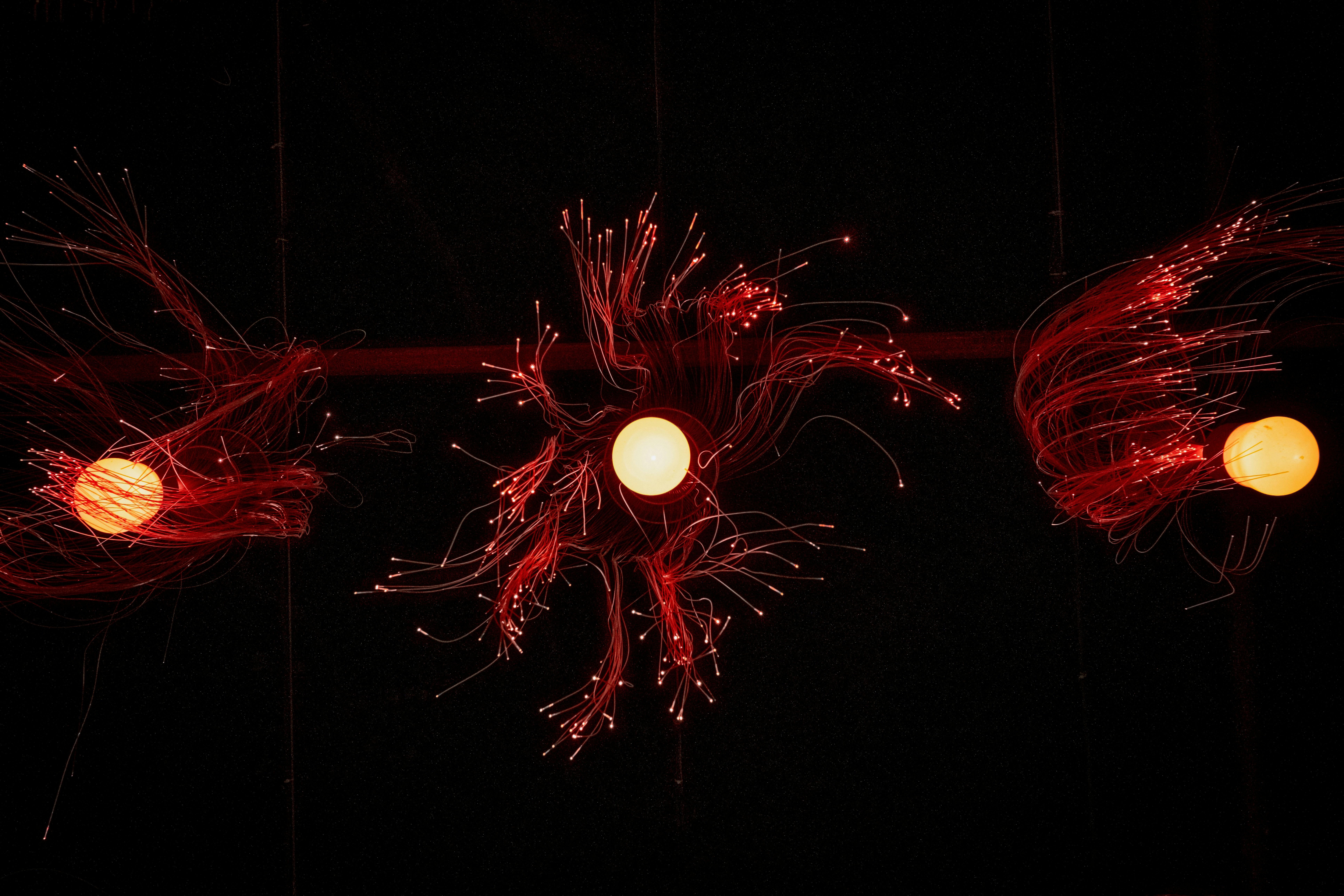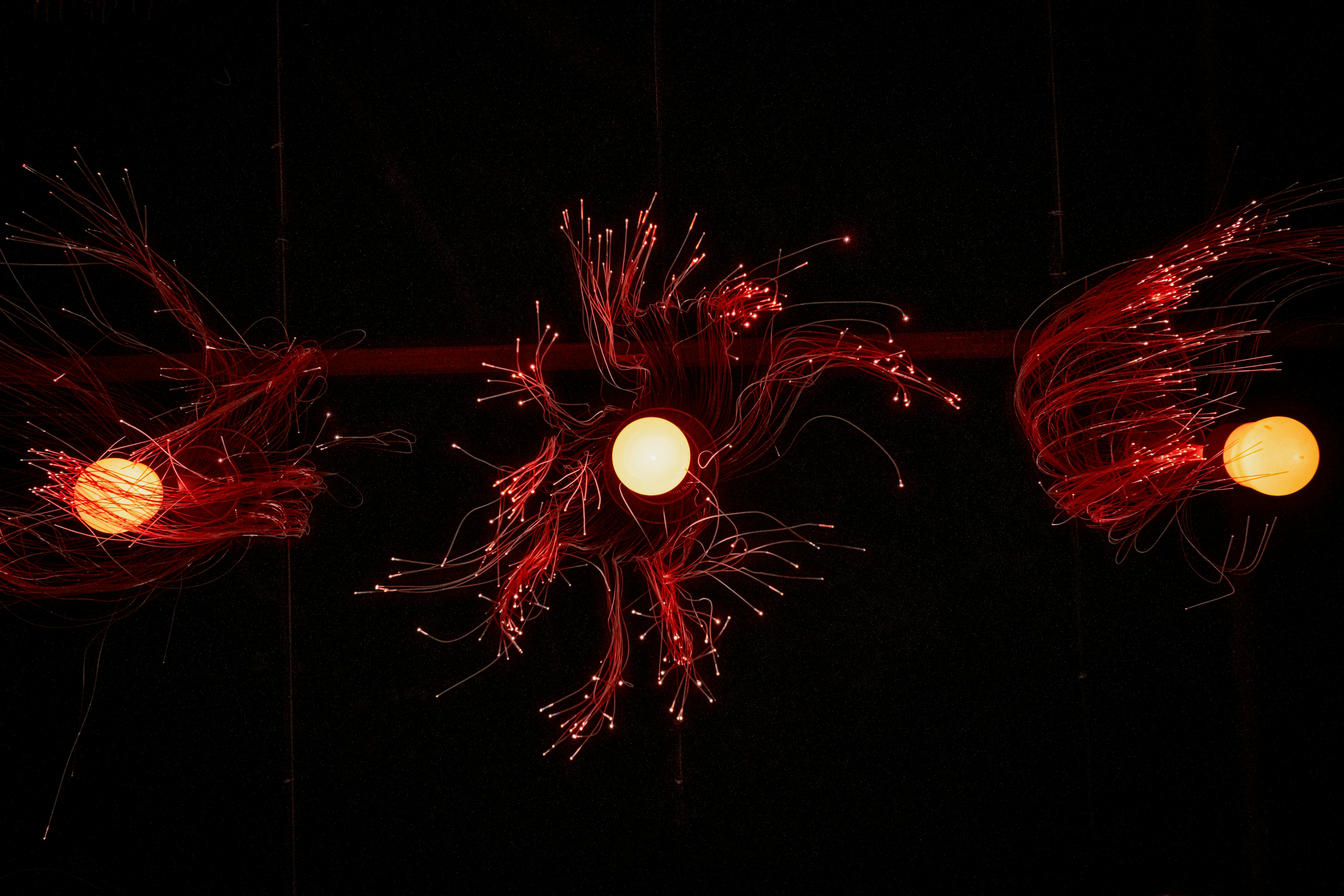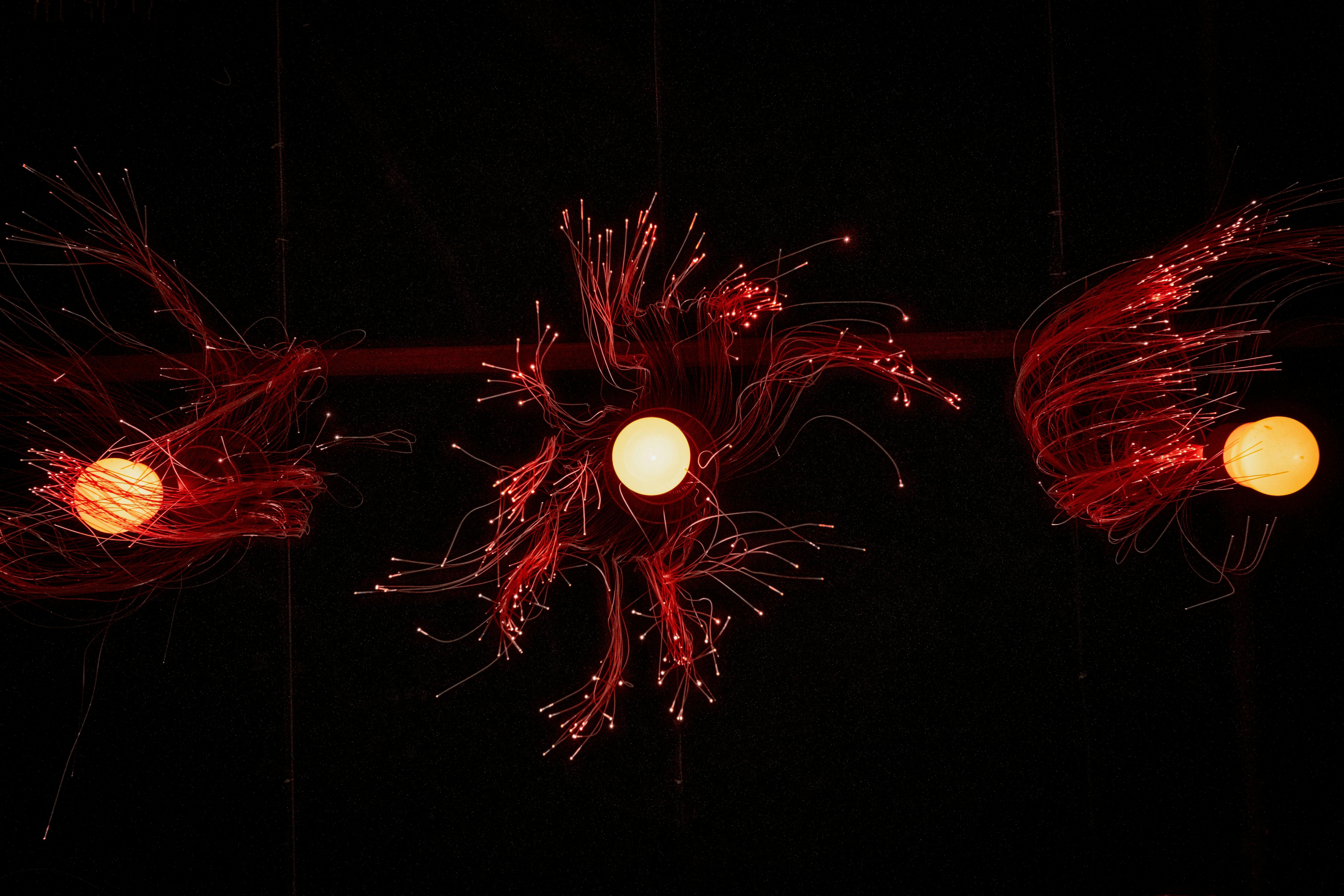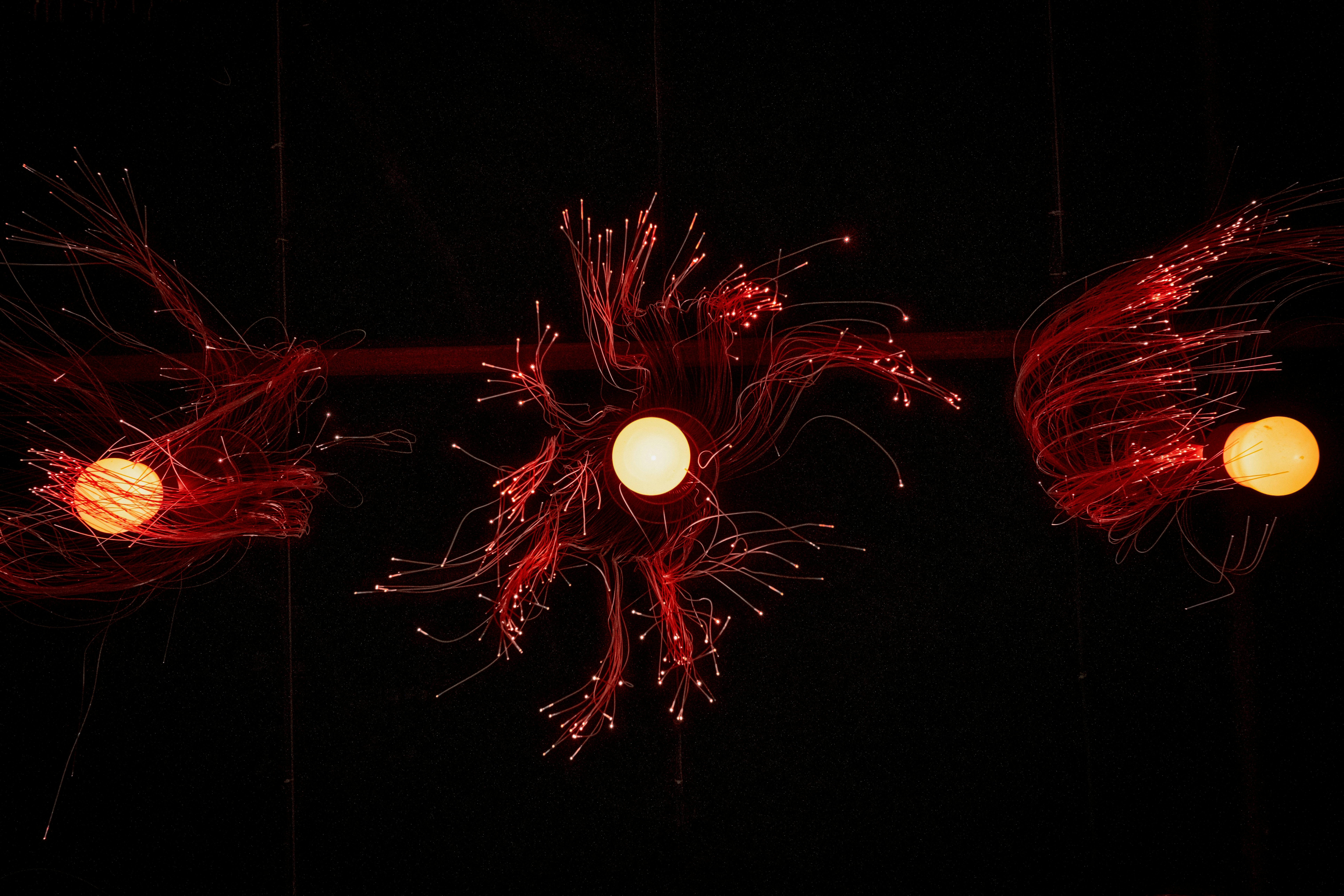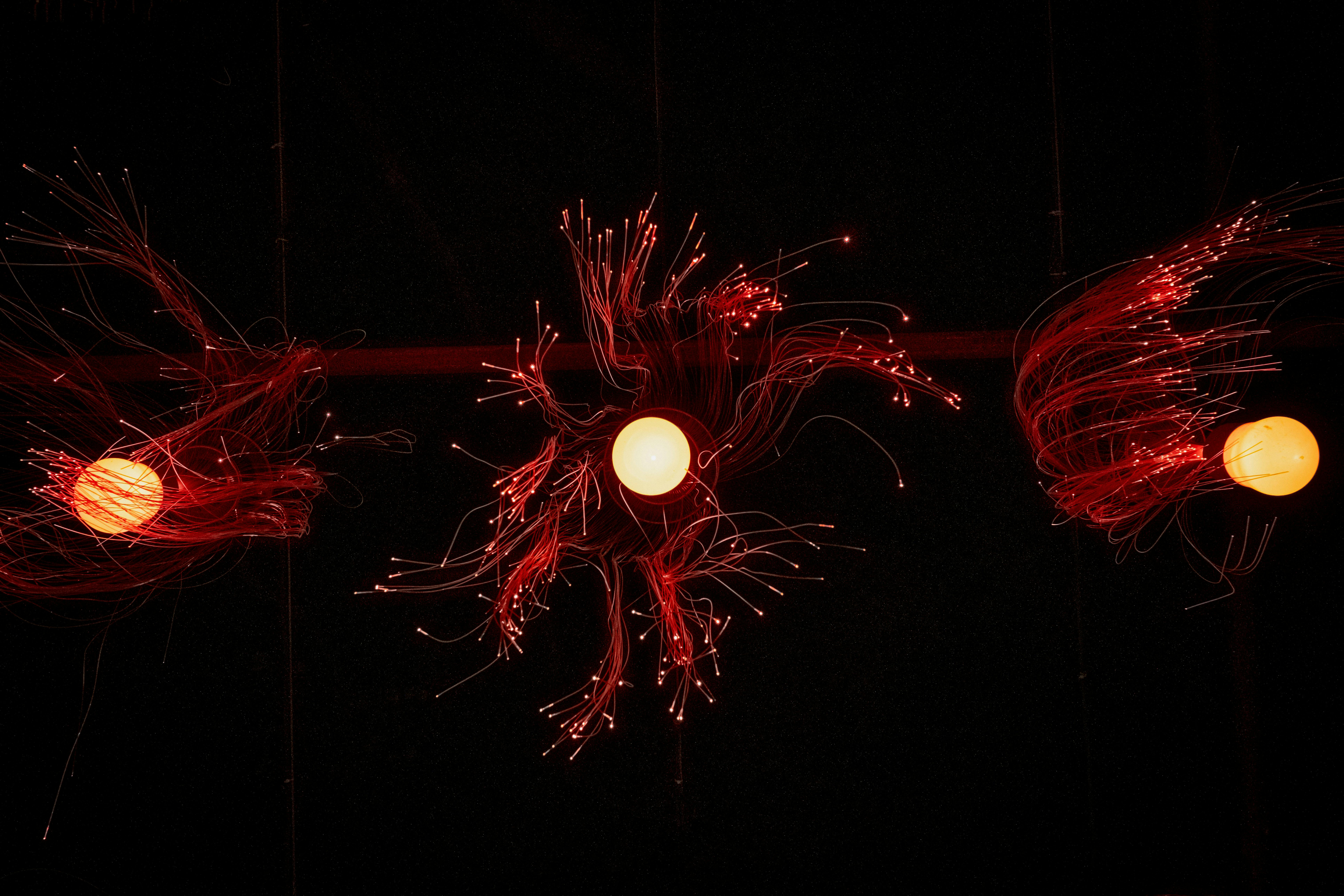Wallpaper Revival: Modern Patterns and Professional Installation Insights
Choosing the right paint finish is as critical as selecting the perfect color for your home. While color sets the mood, the finish determines durability, maintenance, and overall aesthetic impact. Many homeowners focus solely on hue, overlooking how sheen levels affect light reflection, hide imperfections, and withstand daily wear. The wrong finish can turn a dream renovation into a high-maintenance nightmare—think glossy walls highlighting every dent in a busy hallway, or flat paint staining easily in a child’s playroom. Understanding finishes transforms both the look and longevity of your space. This guide demystifies paint sheens, empowering you to make informed choices that balance beauty with practicality for every room in your home.
Understanding Paint Sheen Levels: From Flat to High-Gloss
Paint finishes range across a spectrum of reflectivity, each with distinct properties. Flat/matte finishes (0-10% sheen) absorb light, providing a velvety, non-reflective surface ideal for hiding wall imperfections like bumps or drywall seams. However, they’re less durable and harder to clean. Eggshell (10-25% sheen) offers a soft luster resembling its namesake, striking a balance between concealment and wipeability. Satin (25-35% sheen) delivers a pearl-like glow that resists mildew and scrubbing, while semi-gloss (35-70% sheen) reflects noticeable light and withstands heavy use. At the top end, high-gloss (70-90% sheen) creates a mirror-like, ultra-durable surface but amplifies every flaw.
Matching Finish to Function: Room-by-Room Recommendations
Tailoring sheen to room traffic and purpose ensures both beauty and resilience. Use these pairings for optimal results:
- Living Rooms & Bedrooms: Opt for eggshell or satin. These finishes conceal minor flaws while offering easy stain removal. Satin is preferable in homes with children or pets.
- Kitchens & Bathrooms: Semi-gloss is king. Its moisture resistance prevents peeling in humid environments, and grease splatters wipe off effortlessly. Use on cabinets, trim, and walls.
- Hallways & Kids’ Rooms: Durable satin or semi-gloss stands up to frequent scrubbing of scuff marks and fingerprints.
- Ceilings: Always use flat paint to minimize glare and hide imperfections overhead.
- Doors & Trim: Semi-gloss or high-gloss provides a wipeable, elegant accent that contrasts beautifully with wall sheens.
Special Considerations: Lighting, Texture, and Age of Home
Beyond room function, three factors influence finish performance. Lighting dramatically alters sheen perception: north-facing rooms benefit from satin/semi-gloss to bounce back limited light, while glossy finishes in sun-drenched spaces may cause glare. Wall texture matters—rough surfaces like stucco look best in flat or eggshell to avoid highlighting bumps, whereas smooth drywall handles any sheen. In older homes, flat finishes expertly mask uneven plaster, but ensure walls are sealed to prevent “hot spots” (shiny patches where repairs show through). For historic spaces, eggshell often provides period-appropriate subtlety with modern cleanability.
Application Tips for Flawless Results
Proper technique maximizes your finish’s potential. Follow these steps:
- Prep Thoroughly: Glossy finishes demand impeccable surfaces. Fill holes, sand ridges, and clean walls with TSP substitute to remove grease.
- Prime Strategically: Use stain-blocking primer on water spots or knots. On drastic sheen changes (e.g., gloss to flat), prime to prevent adhesion failure.
- Mind Your Tools: High-quality synthetic bristle brushes minimize streaks in semi-gloss/gloss. For flat paints, use a ½-inch nap roller.
- Apply in Sections: Maintain a “wet edge” by painting in 3×3 ft areas to avoid lap marks, especially critical with satin and above.
- Test First: Paint a 2×2 ft swatch to evaluate sheen in your room’s light at different times of day.
Beyond Walls: Finishes for Trim, Ceilings, and Furniture
Sheen choices extend beyond primary walls. Trim and molding shine (literally) in semi-gloss or high-gloss, creating depth and resisting fingerprints. Ceilings universally demand flat paint to reduce glare and hide joints. For furniture or cabinets, consider durability: semi-gloss withstands kitchen wear, while chalk paint with matte wax suits shabby-chic pieces. Doors benefit from semi-gloss for easy cleaning of handprints. Remember: contrast creates dimension. Pairing matte walls with glossy trim adds architectural interest—a designer trick that makes spaces feel curated.
Selecting the perfect paint finish transforms your home from merely painted to professionally polished. Remember: flat and matte finishes excel at hiding flaws in low-traffic sanctuaries, while satin and semi-gloss offer “Goldilocks” durability for active living areas. Reserve high-gloss for statement trim or moisture-prone zones. Always factor in your walls’ condition, natural light, and how a room is used. As a final takeaway: test sheens in context before committing. Paint large swatches, observe them at different times, and live with them for 48 hours. This small step ensures your chosen finish enhances both your home’s beauty and your daily life—proving that when it comes to paint, what you see isn’t just about color.

